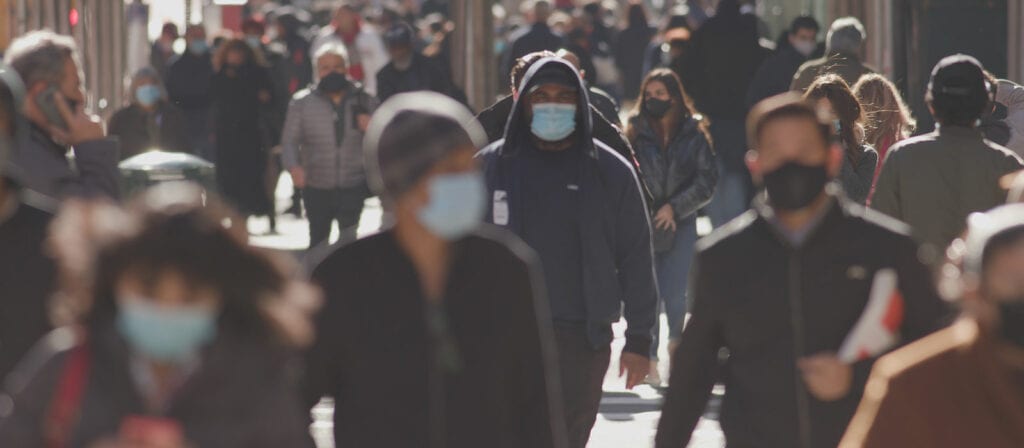Market headwinds
There are several factors that are having an adverse effect on the market. There is still uncertainty on potential COVID-19 related reinsurance losses, as well as ongoing low yield investment conditions and capital market volatility. There is less cushioning in reserves exacerbated by social inflation and property catastrophe reserve development. Other factors include global economic recessionary pressure, uncertainty of future demand for coverage and uncertainty on government intervention.
Market tailwinds
On the positive side, initial COVID-19 losses have been manageable and there is tighter contract language going forward. Pricing momentum is accelerating at the primary insurance level across various lines of business and pricing is improving across various reinsurance products, as seen at the July renewals. There has been a flight to quality (tier one/two reinsurers) and perhaps a move back to more traditional reinsurers instead of third-party capital. Also, there has not been as much third–party capital coming into the market, which could be due to concerns over “trapped capital” relating to outstanding catastrophe losses.
Global reinsurance market performance
The 5–year average for the top 25 companies shows an overall combined ratio of 95.6%. There was some strengthening and releasing of loss reserves but overall a positive loss reserve development that flatters the results. This positive development is declining so less to rely on going forward. The global reinsurance market performance including investment returns has gone from an ROE of 11% at year–end 2016 to 6% in 2019, and this reduces further to 3% when you take out the impact of the positive loss reserve development. Reinsurers are only marginally covering the cost of capital, estimated at around 7%.
COVID-19 stress testing
This is still an ongoing event, with reported losses still behind initial estimates and a wide range of impact on loss ratios depending on business mix and assumptions. No–one envisaged the extent of the impact of global lockdown on the global economy, and an event that is affecting both sides of the balance sheet, with insured losses and depressed investment returns. AM Best stress-tested all insurers and reinsurers, using the Best Capital Adequacy Ratio, BCAR, and looking at various markets. The conclusion was that the reinsurance industry is still well capitalized, and the rated insurers generally withstood the stress test.





